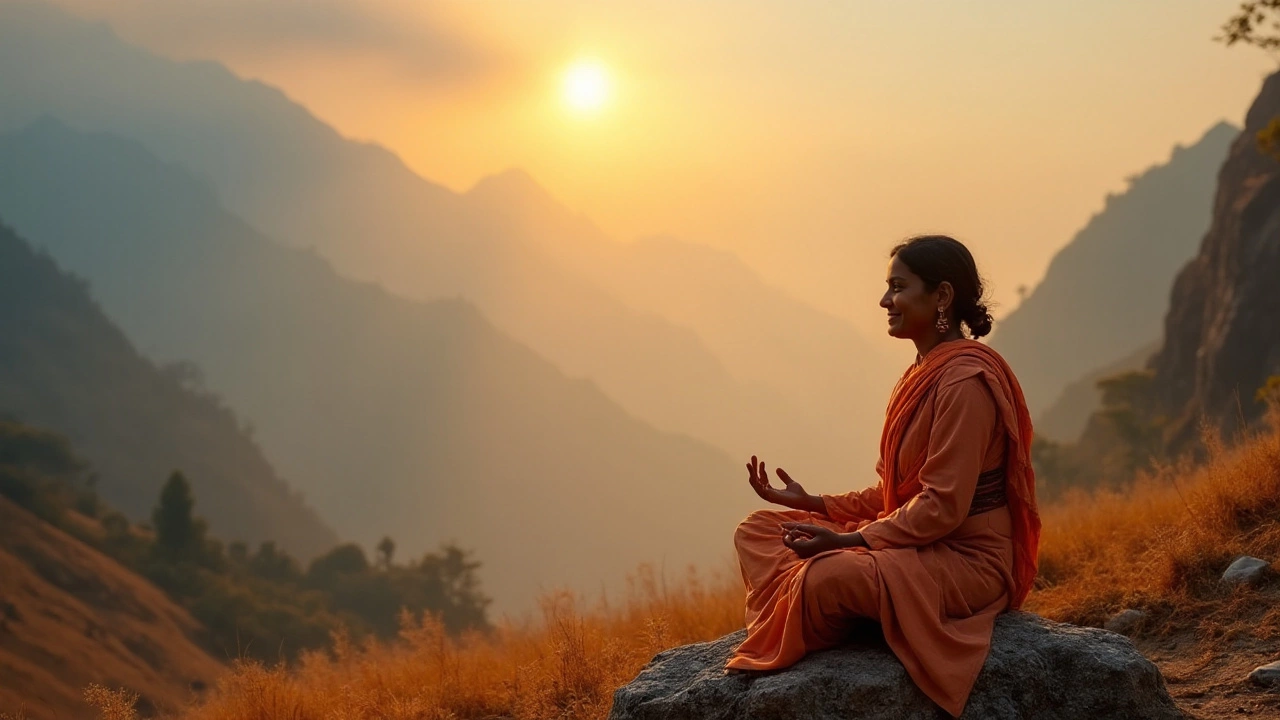Cultural Influence in India – A Real‑World Look
If you’ve ever said “Namaste” to a stranger, tasted a plate of dhokla, or watched the Pushkar Camel Fair on TV, you’ve felt Indian culture in action. It isn’t just history; it’s the stuff people do every day. This guide pulls together the most common ways culture shows up, from how we greet each other to what we eat, travel for, and celebrate.
Greetings and Everyday Manners
In 2025 the biggest question travelers ask is whether a simple “hi” works in India. The answer is “it depends.” In most formal or business settings, the traditional Namaste (hands pressed together, slight bow) still carries respect. In casual street markets, a friendly “hello” or even an English “hi” is fine, as long as you smile and keep eye contact. Different regions add their twist – a Punjabi might use “Sat Sri Akal,” while a Bengali might say “Nomoshkar.” Knowing these shortcuts saves awkward moments and shows you value local etiquette.
Food That Tells a Story
Indian food isn’t just spice; it’s geography on a plate. Take Gujarat’s national snack, dhokla. It’s a steamed, fluffy cake made from fermented rice‑and‑chickpea batter, reflecting the state’s love for light, vegetarian fare. In the south, you’ll find dosa rolled thin, a reminder of rice‑rich fields. Across the country, each dish carries a story about climate, religion, and trade routes. When you bite into a plate of fafda or sip a hot masala chai, you’re tasting centuries of cultural exchange.
Festivals That Drive Tourism
India’s festivals double as cultural tourism magnets. The Pushkar Camel Fair in Rajasthan isn’t just a livestock market – it’s a living museum of folk music, traditional dress, and ancient rituals. Visitors can watch camel races, negotiate over rugs, and hear folk songs that date back generations. It’s a perfect example of how a single event blends economy, religion, and community life, turning a desert town into a vibrant global showcase.
Heritage Sites and Natural Wonders
Beyond festivals, cultural influence shows up in places like the seven natural heritage sites recognized by UNESCO. Whether it’s the silent cliffs of the Western Ghats or the limestone caves of Bhimbetka, each spot tells a tale of how people adapted to nature while leaving art, music, and stories behind. Exploring these sites gives you a hands‑on feel for the blend of environment and culture that defines India.
All of these examples illustrate a simple truth: culture in India isn’t a museum exhibit – it’s a daily habit. From the way you greet someone to the food you choose at a street stall, every action is a thread in a massive, colorful tapestry. Understanding these threads helps you connect deeper, travel smarter, and appreciate the living heritage that makes India truly unique.
